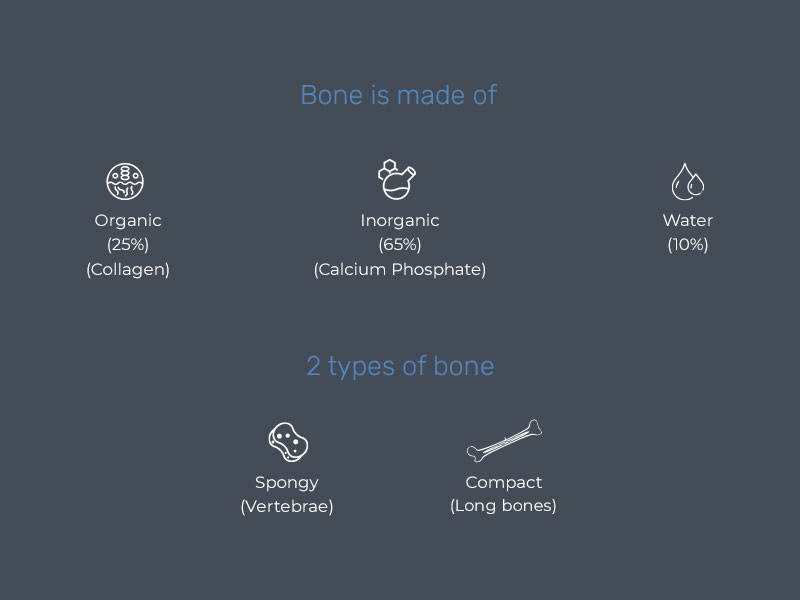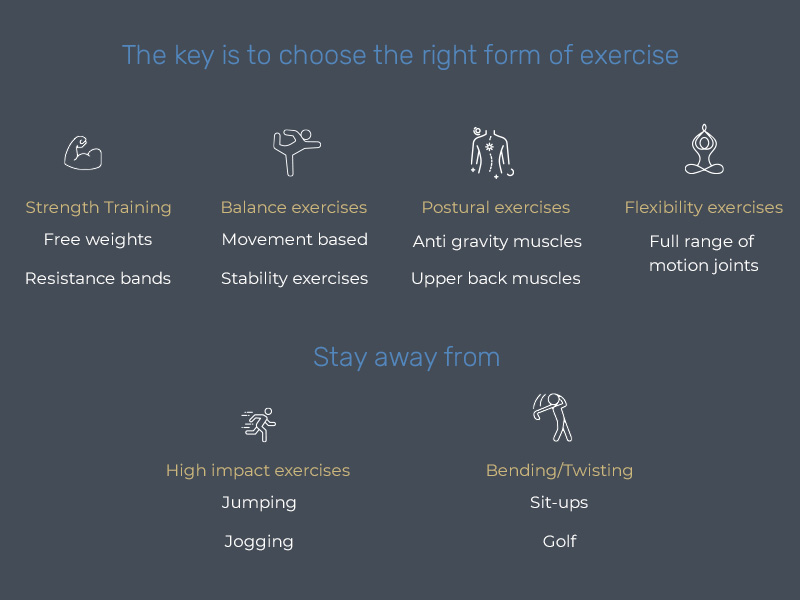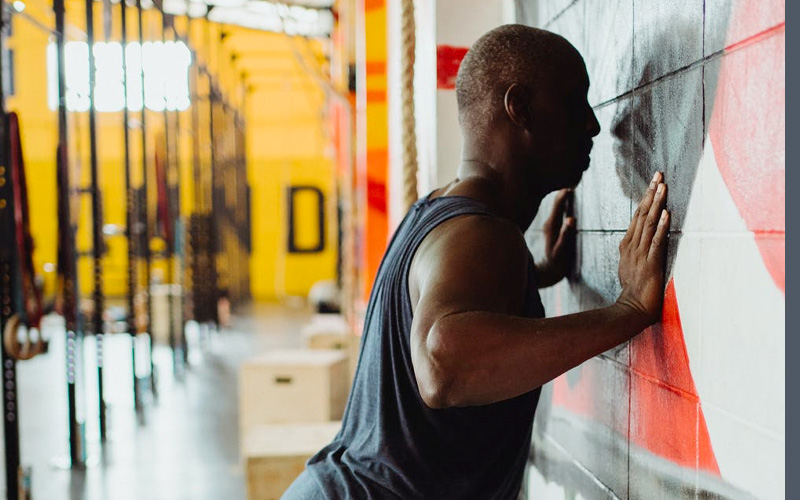Personal Trainer
Bachelor of Physical Therapy
What is Osteoporosis?
What does an astronaut and couch potato have in common?
Bone loss!
Osteoporosis is the most common and often misdiagnosed metabolic disease which affects around 2 million Canadians and costs the healthcare system billions of dollars every year. In fact, 50% of women and 25% of men over the age of 50 in North America will suffer an osteoporotic fracture. In order to understand this disease better, let’s dive briefly into how our bones function and maintain themselves as we age.

Contrary to common belief, the human bone is a very dynamic structure. Spongy bone is replaced every 3-4 years and compact bone every 10 years. This is done by the osteoclasts and osteoblasts which are responsible for bone resorption and bone formation respectively. The entire process is regulated by the Parathyroid hormone, Calcitonin and Vitamin D.
When serum calcium levels drop, the body reacts by
- Intestinal absorption of calcium
- Urinary excretion of calcium
- Release of calcium from bone
Osteoporosis may then happen when the rate of bone resorption exceeds the rate of bone formation.
Common Symptoms
A few common signs and symptoms of Osteoporosis are:

- Back pain
- Loss of height
- Poor posture
- Shortness of breath
- Bone fractures
It’s important to note, bone loss will not appear in an x-ray until 50% of it has already been lost. Osteoporosis can be easily diagnosed using BMD (Bone mineral densitometry) tests or Dexa scans.
Prevention and Treatment

Other than taking medication and supplements, exercise has been proven time after time to have a very positive effect on stimulating an increase of bone density.
Mechanical load induced by exercise training produces mechanical stress in the skeleton and enhances the osteoblast activity. The mechanical load applied to bones should be more than that encountered during daily activities.
Regular walking, which is frequently prescribed to prevent osteoporosis, also has little or no effect on prevention of bone loss. This could be attributed to the low-impact loading force applied during walking. Weight-bearing impact exercise such as progressive resistance exercise, alone or in combination can improve the bone density.
5 simple at-home exercises to treat Osteoporosis

- Wall push-ups
- Sit to stand squats with chair
- Single leg balancing with support
- Step-ups
- Back extensions in lying
From my experience of working in hospitals, the key is to have an early diagnosis and the right treatment. Often, patients usually discover that they have osteoporosis when they have a fracture or other debilitating injury.
In the event of an osteoporosis-related injury or fracture, conservative treatment would generally include initial immobilization to promote healing, followed by pain relief therapy with ultrasound, TENS, hot packs and gentle massages. Exercises are very gentle in the initial phases, focused around attaining full range of movement and then progress into weight bearing exercises.
The recovery period post-injury may range from a few weeks to a couple of months based on how the bone adapts. Hence, I would like to reiterate that prevention of injury is key to managing osteoporosis in the long term.
Conclusion
Your long-term bone and muscle health starts now. Take early action through regular exercise and a bone healthy diet. Protect the future of your bone health by consulting your doctor about osteoporosis risk. If you are at risk, exercise under professional supervision will help mitigate the development and progression of the disease.
Begin Your Journey with Us
If you’re finding it challenging to get started on your journey, feel free to reach out to us for a complimentary consultation. We would be more than happy to offer some guidance to help you move forward. Sometimes taking the first step is the hardest, so don’t hesitate to get some help to kickstart the process. We all start somewhere.
Sources:
- A Comprehensive Approach to Osteoporosis and Novel Therapeutics | Functional Medicine University | Michael Jurgelewicz, DC, DACBN, DCBCN, CNS
- Essential Orthopaedics Including Clinical Methods | J. Maheshwari, Vikram A Mhaskar
- Mayo clinic
- Guyton and Hall Textbook of Medical Physiology | John E. Hall

